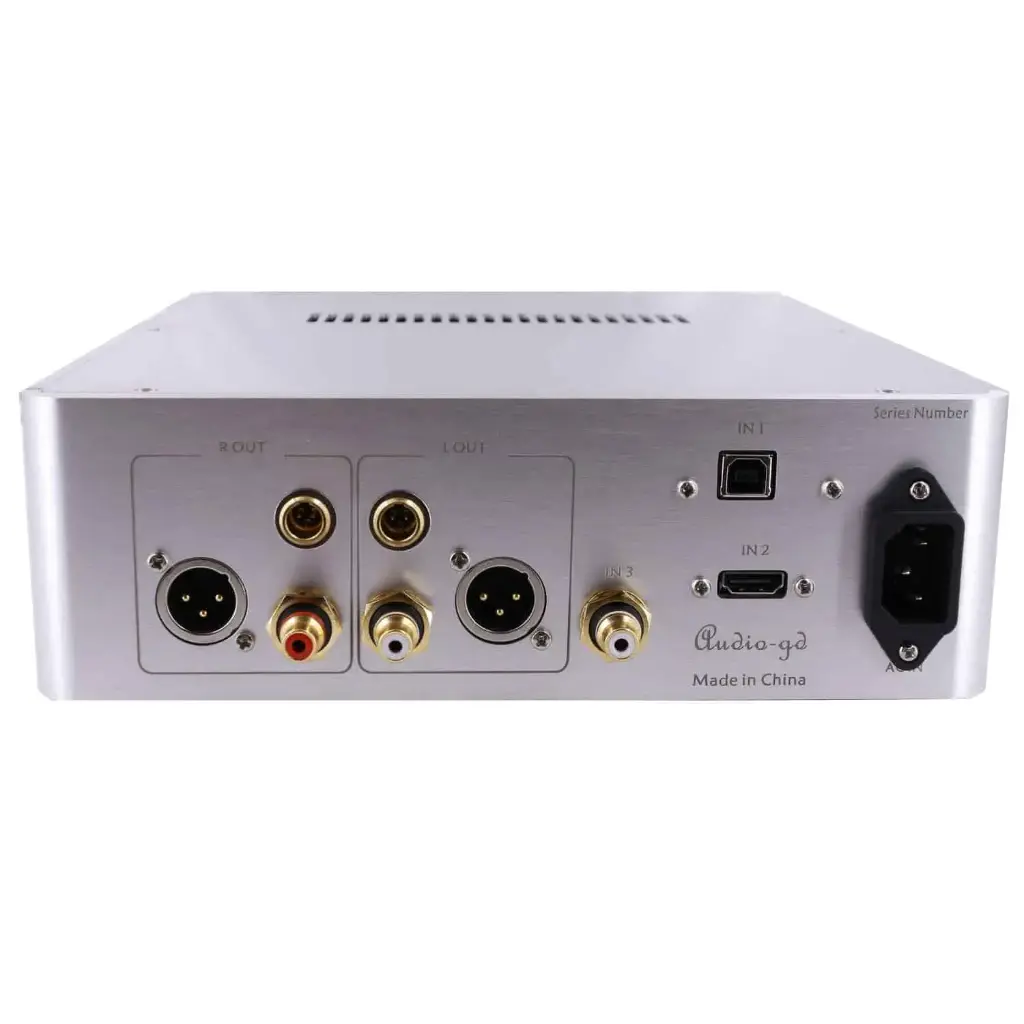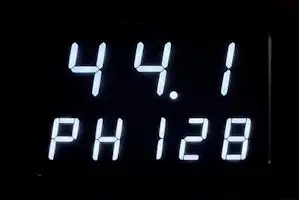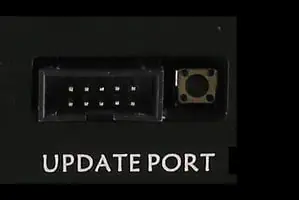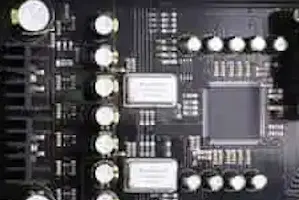Audio-GD R1 R2R NOS DAC
Some people love the sound of the pure NOS mode , so we design the R-1 NOS that optimize the pure NOS mode , offer the pure musical sound .
The NOS design don’t need the main clock signal for working, that is the advantage of the NOS design to avoid the effect by the main clock’s jitter. In the R-1 NOS digital processor , we apply the zero delay technology that guarantee the data and clock exact synchronization for much reduce the jitter .
In the R-1 NOS design , we apply the galavanic isolator before the DA parts and analog parts , isolate the all digital inputs and the digital processor , that offer the better clean sound quality . 8 group built-in 24bit R-2R decoders and 4 native DSD decoders work with balanced mode, we apply the DA 7 modules that is an obvious upgrade than the last generation R-1 that apply the DA 8 modules. Using the latest designed discrete servo stabilized power supply to feed the digital circuits, the noise level is comparable to that of a battery, but without the dry and thin sound characteristics of it, and thus the product’s operating temperature is significantly lower than that of the previous model.
- Analog circuit are pure class-A regulated power supply to provide best sound quality
- In total8 groups PSU Class-A power supply in order to distribute the cleanest power to all components in the R1
- Sample Rate indication is displayed
- Remote Control
NOS (Non-Oversampling)
“NOS“ stands for “Non Oversampling“. In the 1970‘S, the first generation of the Compact Disc Player were released. By that time they all had Non Oversampling design.
Using NOS design, specs are ordinary because the limited signal bit depth affects THD and S/N. Despite the fact that quantization noise affects S/N, the R–1 NOS still achieves very low noise levels, much better than most tube amplifiers and turntables, and almost like a modern OS DAC.
To get better specs on paper, many designs use complex LC analog filter after the D/A conversion. But the LC filter usually does not have a flat response and the large phase shift it causes also affects sound quality considerably.
In 1980’s, oversampling and FIR filter were invented, and allowed improving sound quality compared to applying an LC filter. Good specs were obtained on paper, so this technology has been largely applied since that time.
However some people still like the sound of the “old” NOS design. They do not want the extra processing becuase without it does a better job preserving the original character of the sound. Do you trust your ears or do you need the best specifications?
If you are looking for great specifications, the NOS design is definitely not for you.
?unique=c6ecc2b)








?unique=c6ecc2b)











